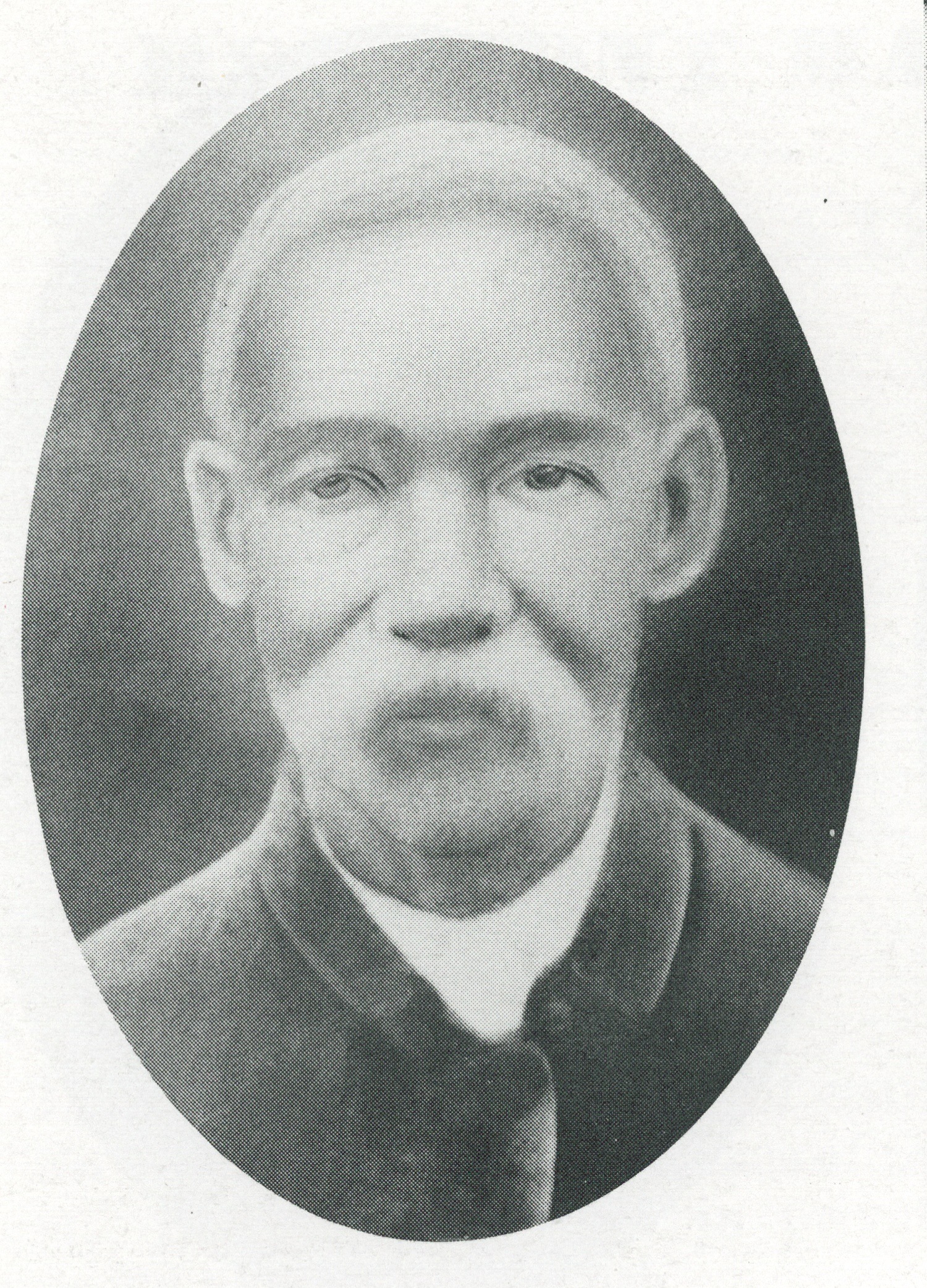WOODSON PIPKIN STARTED FIRST AFRICAN-AMERICAN SCHOOL IN BEAUMONT
by Judith Linsley
Woodson Pipkin was one of Beaumont's most distinguished citizens, ever. Born into slavery, he received an education nonetheless, and he knew that with emancipation came a vital need for education for the African-American Community. So he did something about it.
In 1870, Pipkin and another African American, Charles Pole Charlton, established a school for black Beaumonters near the Jefferson County Courthouse. For their first term, they only had two students, but enrollment soon increased. Sometime later, the school was moved to the second floor of Pipkin's home, and about 1873 to a structure on Bowie Street. About 1878, the two men also started a second school in the Live Oak Baptist Church, which was later moved to the corner of Neches and Wall streets.
Pipkin, a Methodist minister, also helped to found an African Methodist Episcopal church in Beaumont, where he preached. On Sundays the church did double duty as a school, where many adult churchgoers were able to learn how to read and write. This dual role wasn't unusual; since emancipation, Southern black churches had served as not only the religious center of the black community but the social, educational, and political center as well.
In 1883, when the Beaumont School District was created, it took in both black and white schools in the corporate limits. One of the early African American elementary schools in the old north end was named for Woodson Pipkin.
Woodson Pipkin had other means of income besides his teaching and preaching. Like many of his contemporaries of any race, he earned money however he could. He kept teams of horses or mules and performed heavy work with them. One of his early jobs was working for William McFaddin, clearing fallen trees along the road from downtown Beaumont to Collier's Ferry (a long stretch of several miles along the riverbank). For that task he earned $100. Later he ran a profitable drayage (hauling) service, delivering merchandise that came in on the trains from the freight depots to local department stores such as Nathan's and the White House.
By the end of his life, the Reverend Pipkin had accumulated an appreciable amount of property in downtown Beaumont, on the bank of the Neches River, including a two-story house.
Woodson Pipkin had a number of children, among them four daughters, Eva, Ida, Rebecca, and Ada. Eva married Jacob Boyer and for a while taught a one-room school house in the town of Sabine. Ada married Louis Williams, who helped to build the jetties at Sabine Pass and was foreman of a lumber-loading crew at Sabine Pass. After a 1915 hurricane destroyed their house, the couple moved to Beaumont, where Louis became a dock crew foreman at the Port of Beaumont.
Woodson Pipkin died in 1918. He was buried in Martha Mack Cemetery, named for a 196h-century African-American Beaumonter. The cemetery is adjacent to Magnolia Cemetery on Pine Street, but is no longer used, although in the past few years it has been "rediscovered" and cleaned up.

Woodson Pipkin